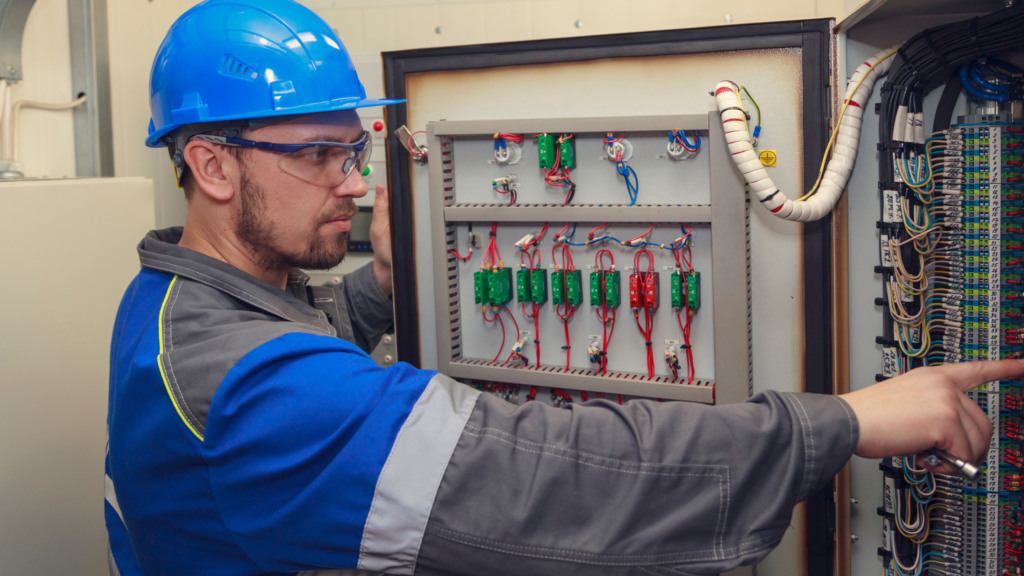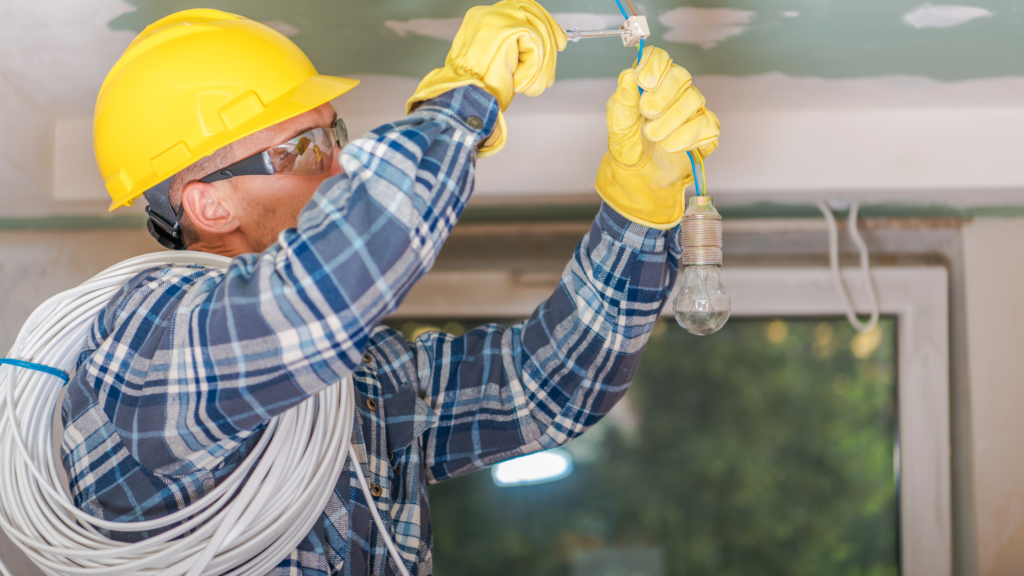As homeowners, it’s essential to have a basic understanding of common electrical problems that can arise in your household. Electrical issues can be inconvenient, costly, and sometimes even dangerous if left unattended. In this comprehensive guide, we will delve into the most prevalent electrical problems that homeowners may encounter and provide practical solutions to help you maintain a safe and functional electrical system in your home.
1. Frequent Circuit Breaker Trips
Causes
Frequent circuit breaker trips can be caused by overloaded circuits, short circuits, or ground faults. Overloading occurs when too many devices are connected to a single circuit. Short circuits result from damaged wires or faulty appliances, while ground faults involve current leakage to the ground.
Solutions
Overloaded Circuits:
To address circuit breaker trips due to overloaded circuits, start by identifying the devices that are drawing the most power on the circuit. Unplug some of them and redistribute the load to other circuits if possible.
Consider upgrading to a higher amperage circuit breaker or installing additional circuits to distribute the load more evenly.
Short Circuits:
If short circuits are the issue, it’s crucial to identify and repair the damaged wires. This may require the expertise of a professional electrician.
Ensure that your appliances and devices are in good working condition, as faulty appliances can also cause short circuits.
Ground Faults:
For ground faults, ensure that your GFCI outlets are functioning correctly. If they trip frequently, they may need replacement.
A professional electrician can also inspect your wiring to locate and resolve any ground fault issues.
2. Faulty Outlets and Switches
Causes
Faulty outlets and switches can occur due to wear and tear, loose wiring, or a loose connection. These issues can lead to inconsistent power supply and potential hazards.
Solutions
Loose Wiring:
If you suspect loose wiring, turn off the power to the outlet or switch and inspect the connections. Tighten any loose wires, but be cautious and consider hiring a professional if you’re not confident in your electrical skills.
Wear and Tear:
Over time, outlets and switches can wear out. Replace outlets and switches that show signs of damage, cracks, or charring.
3. Flickering or Dimming Lights
Causes
Flickering or dimming lights can be caused by various factors, including loose bulbs, a poor connection, or voltage fluctuations in your electrical system.
Solutions
Loose Bulbs:
If your lights flicker, check for loose bulbs. Ensure they are properly screwed in and not damaged.
Poor Connection:
Poor connections can occur within light fixtures or switches. Turn off the power and inspect these connections, tightening them if necessary.
Voltage Fluctuations:
If voltage fluctuations are causing the issue, consult an electrician to install voltage stabilizers. These devices help maintain a consistent voltage supply.
4. Overheating Outlets or Switches
Causes
Overheating outlets or switches are often the result of loose connections, overloaded circuits, or faulty wiring. They can pose a fire hazard and should be addressed promptly.
Solutions
Loose Connections:
If you encounter overheating outlets or switches, immediately turn off the power to the affected circuit. Inspect and tighten any loose connections.
Overloaded Circuits:
To prevent overheating due to overloaded circuits, redistribute the load to other circuits or consider installing additional circuits.
Faulty Wiring:
If you suspect faulty wiring, it’s crucial to consult a professional electrician to identify and repair the issue.
5. Electrical Surges
Causes
Electrical surges can be caused by various factors, including lightning strikes, power grid issues, or the operation of high-power electrical devices. Surges can damage sensitive electronic equipment and appliances.
Solutions
Surge Protectors:
To protect your home from electrical surges, consider installing surge protectors at key entry points in your electrical system. These devices will divert excess voltage away from your appliances and electronics, preventing damage.
Whole-house surge protectors can safeguard your entire electrical system, whereas individual surge protectors can be used for specific appliances.
Lightning Rods:
If you live in an area prone to lightning strikes, installing lightning rods on your roof can help divert lightning safely to the ground, reducing the risk of surges.
6. Non-Functioning GFCI Outlets
Causes
Ground Fault Circuit Interrupter (GFCI) outlets are designed to protect against electrical shocks in wet areas such as bathrooms and kitchens. When they stop working, it can be due to a tripped GFCI or a faulty outlet.
Solutions
Resetting GFCI Outlets:
If your GFCI outlet is not working, first try to reset it by pressing the “reset” button. Sometimes, it can be as simple as a tripped GFCI.
If it repeatedly trips, consult an electrician as there may be an underlying issue in your wiring or the outlet itself.
7. Outdated Wiring
Causes
Outdated wiring, such as knob-and-tube or aluminum wiring, can be a significant safety concern. Older wiring may not meet modern electrical standards, potentially increasing the risk of electrical fires.
Solutions
Safety Assessment:
If you suspect outdated wiring in your home, it’s essential to consult an electrician for a thorough safety assessment. They can determine whether your wiring is up to code and advise on necessary updates.
Rewiring your home to meet current electrical standards is often the safest and most effective solution.
8. Sparking Outlets
Causes
Sparking outlets can occur due to loose connections, damaged outlets, or faulty wiring. Sparks may be a sign of an impending electrical fire and should not be ignored.
Solutions
Turn Off the Power:
If you notice sparking outlets, immediately turn off the power to the affected circuit to prevent further hazards.
Professional Inspection:
Do not attempt to fix sparking outlets on your own, as it can be dangerous. Contact a professional electrician to diagnose and repair the issue.
The electrician will examine the connections, wiring, and the outlet to identify and rectify the problem.
Conclusion
In conclusion, by understanding and effectively addressing common electrical problems in your home, you can ensure a safer and more functional living environment. However, it’s crucial to prioritize safety and consult professional electricians when necessary to avoid any risks associated with electrical work.



